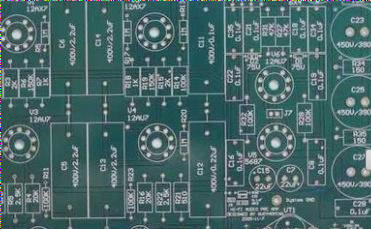Understanding PCB Pads for Electronic Components
A PCB pad is a crucial element on a printed circuit board where component leads are soldered to establish electrical connections. The design and positioning of pads play a significant role in ensuring the solderability, stability, and heat dissipation of components. There are different types of PCB pads based on the components being used:
1. Through-hole Pads
Through-hole pads are utilized for mounting components where leads are inserted through via holes on the pad. This method creates robust solder joints, ensuring long-lasting mechanical and electrical connections. However, it may limit routing space on multilayer boards.
2. Surface-mount Pads
Surface-mount pads enable direct mounting of electronic components on the board’s surface, allowing for compact placement of smaller components. This results in better functionality and performance in limited spaces, making them ideal for complex, multi-layer PCB designs.
3. BGA Pads
Proper pad design is crucial for BGA components. Solder Mask Defined Pads (SMD) and Non-Solder Mask Defined Pads (NSMD) are common types of BGA pads, each with its advantages and considerations.
Solder Mask Defined Pads (SMD)
SMD pads have a solder mask aperture smaller than the copper pad, offering benefits like improved component positioning. However, they have limitations on contact area and space between pads, affecting signal trace routing.
Non-Solder Mask Defined Pads (NSMD)
NSMD pads have a larger surface area for solder joints and more space between pads, making them suitable for high-density BGA components. However, they are more susceptible to delamination under thermal and mechanical stresses.
If you have any inquiries regarding PCBs or PCBA, feel free to reach out to us at info@wellcircuits.com




